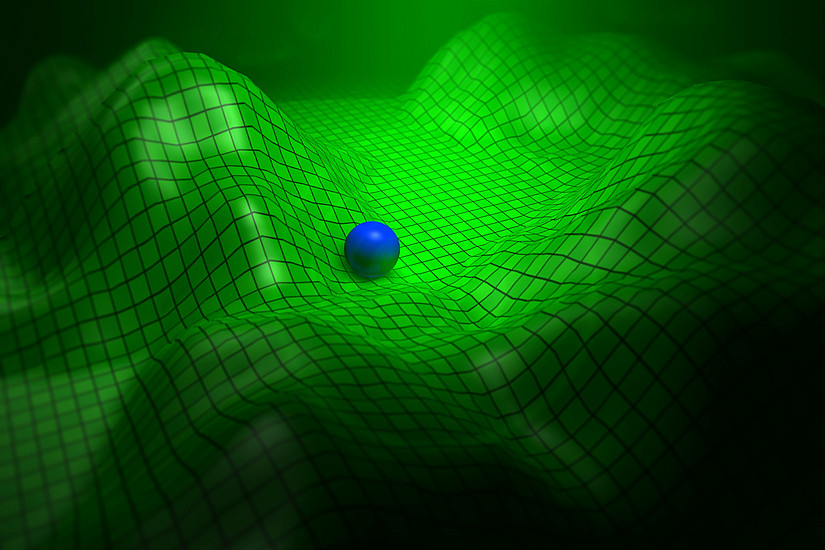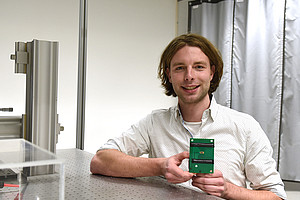When reflecting on science and research, it is hard to find a technology that is as important as microscopy. Microscopy is not only of utmost importance as a tool for conducting research, there is also a whole community and industry focusing on the development of novel microscopy systems and techniques. In the development of such systems, characterizing and measuring the aberrations of the involved optical elements, like microscope objectives, is a crucial and essential step. Typically, such measurements are comparative in nature, requiring a calibrated device acting as a benchmark to gain information about the optical element under investigation. In optics, such a calibration usually happens by means of interferometry, where optical reference objects, e.g., a mirror and a beam splitter, are utilized to create a reference wave. Consequently, the quality of these elements and their calibration set an upper limit for the measurement accuracy, as their imperfections and calibration errors translate directly into the measured wavefront of the device under study.
Recently, a team of scientists from the University of Graz, Austria, and the Max Planck Institute for the Science of light in Germany found a way to circumvent this fundamental problem. Their results were now published in Light: Science & Applications. Led by Professor Peter Banzer, they propose and implement a novel technique for an absolute characterization of high numerical aperture microscope objectives, working without an aberration-less or known optical reference element. To achieve this, the reference wave is created by an object smaller than the wavelength, i.e., a nanoparticle. The emission of such a nanoscale scatterer can be calculated analytically and enables the utilization of scattered light as a nearly-perfect reference wave, resulting in an outstanding performance of the reported technique.
When doing microscopy of almost any kind, the microscope objective is without any doubt the key element to define both the resolution and the quality of the created images. This renders our presented method highly relevant for the development of cutting-edge high-quality optics and microscopy systems. Nevertheless, measuring the aberrations of microscope objectives is not only important during their development. Working with a pre-characterized microscope objective and knowing its errors precisely also enables the implementation of far reaching error correction strategies and allows for quantitative data collection. Consequently, the published study is of great interest and relevance for a very broad audience, from epidemiologists, biologists, chemists, and physicists to virtually everyone working with imaging systems.
J. S. Eismann, M. Neugebauer, K. Mantel, P. Banzer, Absolute characterization of high numerical aperture microscope objectives utilizing a dipole scatterer, Light: Science and Applications 10, article number: 223 (2021); https://doi.org/10.1038/s41377-021-00663-x
Contact: Peter Banzer or Jörg S. Eismann; Optics of Nano and Quantum Materials (website)




